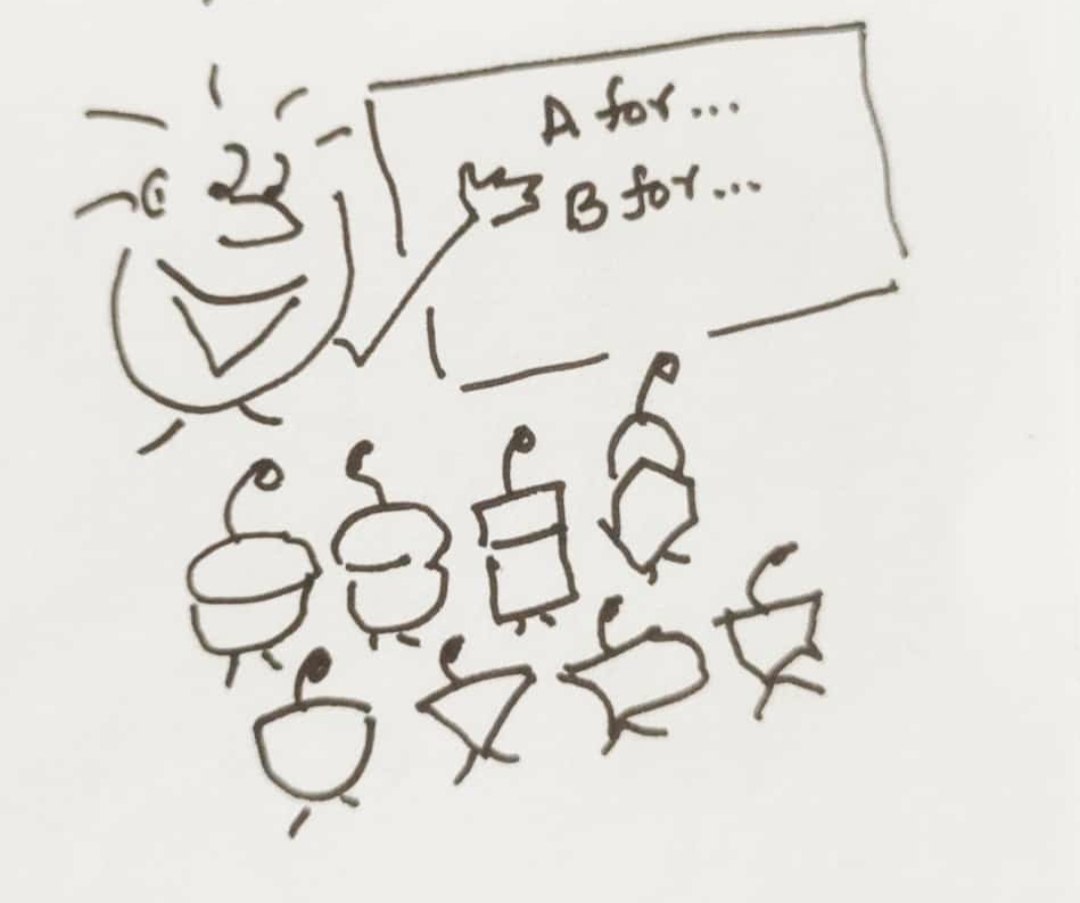Trending Now
- IPL 2024 begins with a bang. First contest between CSK and RCB.
- Election commission allots mike symbol to Naam Thamizhar Katchi
- AIADMK promises to urge for AIIMS in Coimbatore, in its election manifesto.
- Ponmudi becomes higher education minister.
Education
With US, UK, France launching airstrikes on Syria, let us know the history of chemical weapons
![]() April 16, 2018
April 16, 2018
Image credit : Illustrative image
The first large-scale chemical weapon attack was carried out with chlorine and mustard gas (yperite) on April 22, 1915, at Ypres in Belgium.
This happened during the first world war when the Germans attacked French, Canadian and Algerian troops. It killed 90,000 people and over one million casualties were seen during the war.
The use of chemicals in weapon tools was prevalent for thousands of years now. Poisoned arrows, boiling tar, arsenic smoke, and noxious fumes were commonly known agents of chemical weapons.
HOW WERE CHEMICAL WEAPONS USED?
The mode of formation of chemical weapons started on the battlefields of World War I.
In this war, the battlefields were immersed with gases like chlorine and phosgene. They were released from canisters and dispersed by the wind on the battlefield.
These chemicals were manufactured in huge quantity by the turn of the century. After being manufactured, they were deployed to the battlefields of trench warfare that lasted for an unusually long time in World War I.
A trench warfare is a type of combat in which opposing troops fight from trenches facing each other. The most famous use of trench warfare is the Western Front in World War I.
Around 124,000 tonnes of chemical agents were used by the end of World War I..
Chemical weapons were deployed on a large scale in almost all theatres in the First and Second World Wars.
The United States and the Soviet Union maintained tens of thousands of stockpiles of chemical weapons during the Cold War. This amount of chemical weapons was enough to destroy most of the human and animal life on Earth.
HOW CAN CHEMICAL WARFARE CRIPPLE LIVES?
Those injured in chemical warfare suffers from the effects for the rest of their lives this is what makes the events like at Ieper during World War I, a generation scarring.
Blistering skin, eye damage, and excruciating deaths were other reasons that the nations decided to ban chemical weapons after World War I.
MAJOR INSTANCES WHERE CHEMICAL WEAPONS WERE USED
Examples of the use of chemical weapons were the sarin poisoning incident in Matsumoto, a Japanese residential community, in 1994, and the sarin attack on the Tokyo subway in 1995 — both perpetrated by the Aum Shinrikyu doomsday cult.
Iraq used chemical weapons in Iran during the war in the 1980s.
























